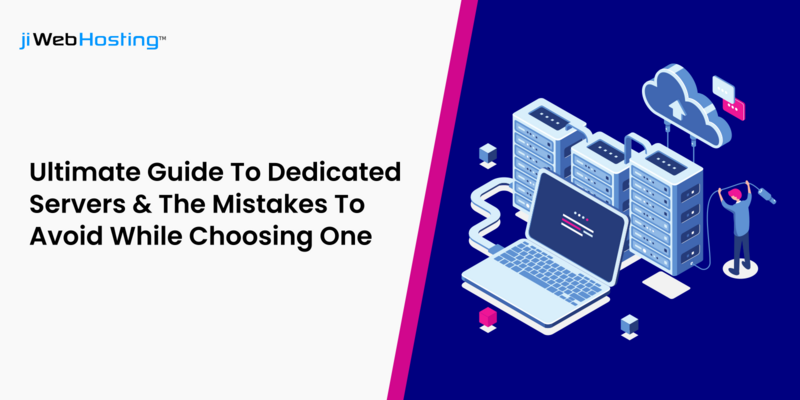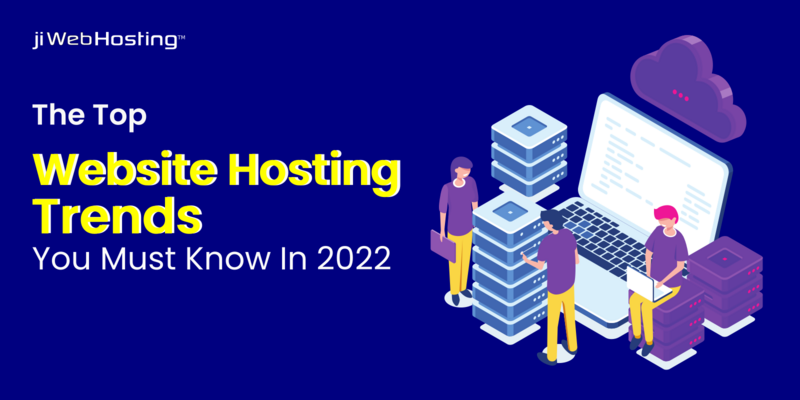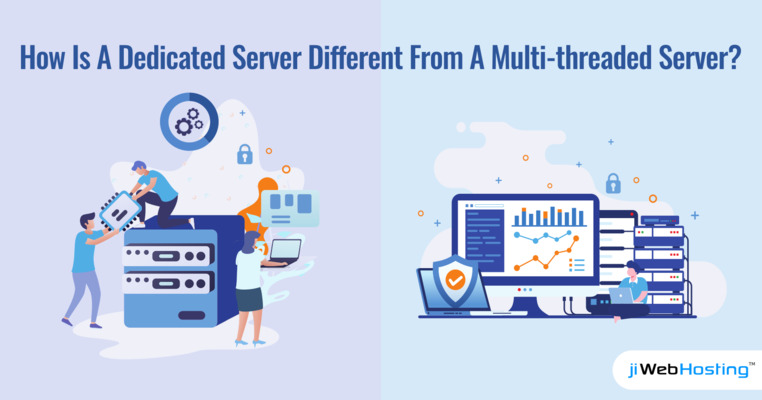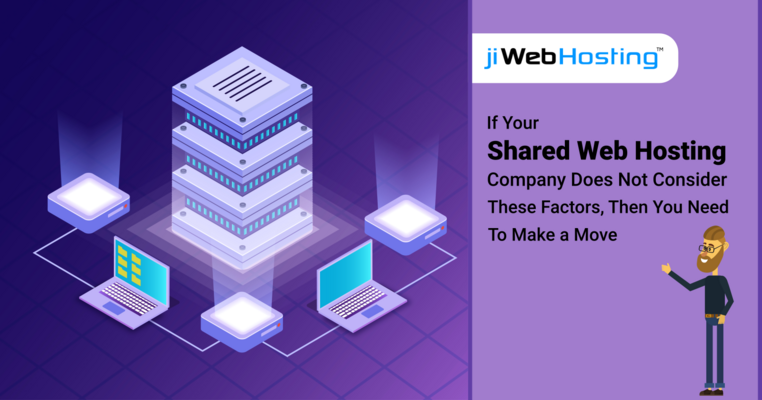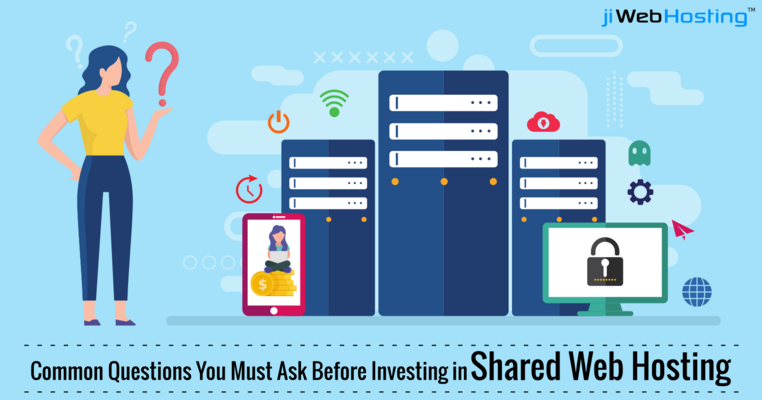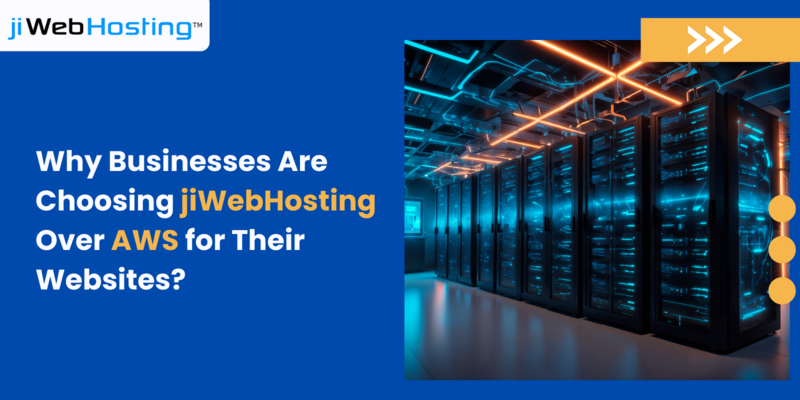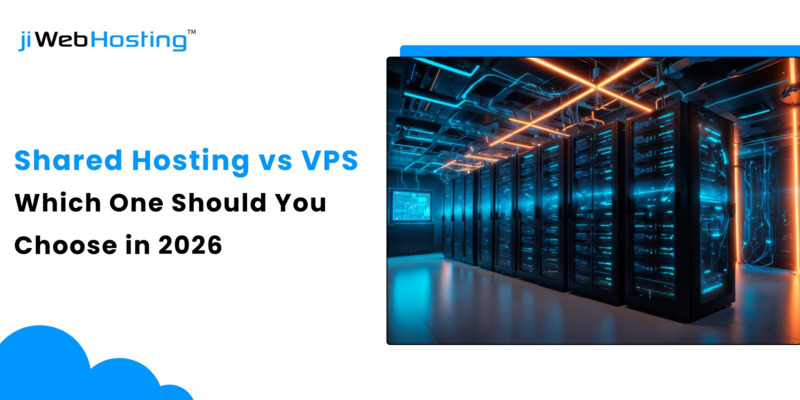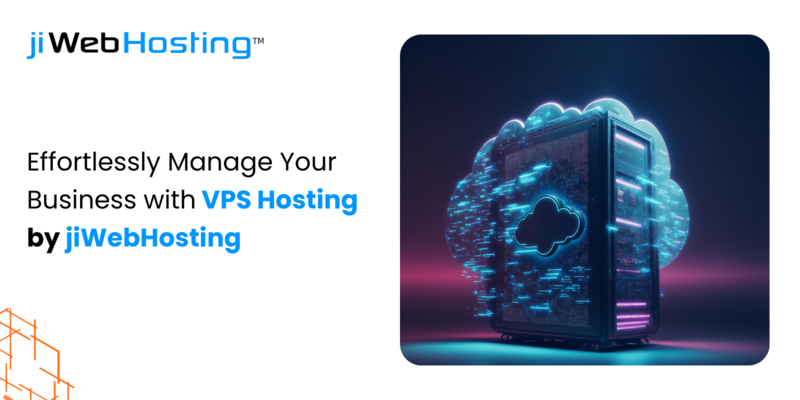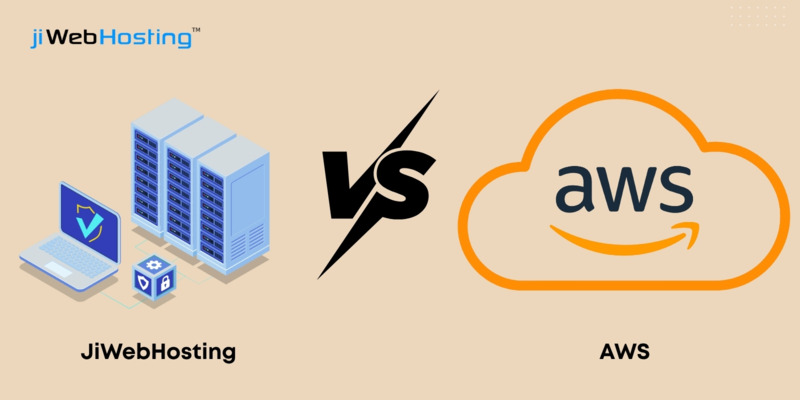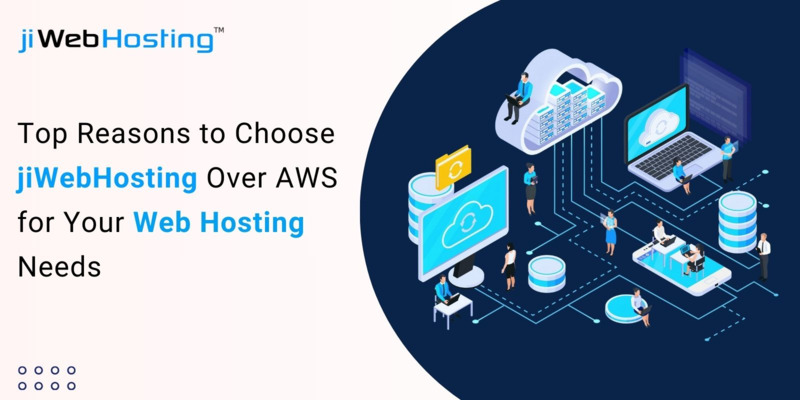- Jul 04, 2025
- VPS
- 1907
Share this post on:

In the digital era, your website is often the first point of contact between your business and potential customers. It represents your brand, showcases your products or services, and drives sales and engagement. Given its critical role, the performance and reliability of your website are paramount. One of the most important factors influencing these aspects is your web hosting plan.
Many businesses start with basic or shared hosting plans because they are affordable and easy to set up. However, as your business grows, your website’s needs evolve, and what once was sufficient may no longer meet your demands. Continuing to operate on an inadequate hosting plan can lead to slow loading times, frequent downtime, security vulnerabilities, and ultimately lost customers and revenue.
So, how do you know when it’s time to upgrade your hosting plan? This blog explores the top signs that indicate your current hosting is no longer cutting it and why upgrading is crucial for your business success.
1. Your Website is Slowing Down
One of the most obvious and impactful signs that you need to upgrade your hosting plan is a noticeable slowdown in your website’s loading speed. Speed is critical: studies show that over half of users abandon websites that take longer than three seconds to load. Slow sites frustrate visitors, increase bounce rates, and reduce conversions.
Moreover, search engines like Google factor page speed into their ranking algorithms. A slow website can lead to lower search rankings, decreasing your organic traffic and visibility.
If you have already optimized your website’s content, images, and code but still experience slow load times, the bottleneck is likely your hosting provider. Shared hosting plans often place many websites on the same server, causing resource contention and slower response times. Upgrading to a VPS, dedicated server, or cloud hosting plan can provide the dedicated resources and faster server response times your growing website needs.
2. You’re Experiencing Frequent Downtime
Downtime is a silent killer for websites. Every minute your site is offline means lost opportunities, frustrated customers, and damage to your brand’s reputation. While occasional downtime can happen due to maintenance or unexpected issues, frequent or prolonged outages are a clear sign that your hosting plan or provider is not reliable enough.
Basic hosting plans may lack the infrastructure redundancy, load balancing, and failover systems necessary to ensure consistent uptime. If your website experiences frequent downtime, it’s time to consider upgrading to a hosting solution with stronger uptime guarantees, better hardware, and more robust network infrastructure.
3. Your Traffic is Growing Rapidly
An increase in website visitors is a great problem to have, but it can quickly become a headache if your hosting plan can’t handle the surge. Whether you’re launching a new product, running a marketing campaign, or benefiting from viral content, sudden spikes in traffic can overwhelm your current hosting setup.
If your website slows down or crashes during traffic surges, it means your hosting resources such as CPU, RAM, bandwidth, are insufficient. Shared hosting plans are especially prone to performance degradation under heavy load because resources are shared among many users.
Upgrading to a VPS or cloud hosting plan allows you to scale resources dynamically, ensuring your site remains fast and accessible even during peak traffic periods. This scalability protects your revenue and user experience during critical moments.
4. You Need More Storage Space for Content
As your business grows, so does your website’s content. Adding high-quality images, videos, downloadable resources, and other media can quickly consume storage space. If you find yourself constantly deleting files or unable to upload new content because of storage limits, it’s a clear sign you need a hosting upgrade.
Basic shared hosting plans often come with strict storage caps. Moving to a plan with more disk space, preferably with SSD storage for faster data access, ensures you can continue to expand your website’s offerings without restrictions.
5. Your Website Requires Enhanced Security
Security is a top priority for any business, especially if you handle sensitive customer data or financial transactions. Basic hosting plans usually provide minimal security features, leaving your website vulnerable to hacking, malware, and data breaches.
If you experience security incidents or your website lacks essential protections such as SSL certificates, firewalls, DDoS mitigation, or malware scanning, it’s time to upgrade your hosting. Higher-tier hosting plans often include advanced security features and compliance certifications that help protect your business and build customer trust.
6. You Need More Control Over Server Configurations
Some businesses require custom software installations, specific server configurations, or the ability to manage server settings to optimize performance and security. Shared hosting plans typically restrict access to these settings to maintain stability for all users on the server.
If you find yourself limited by your hosting provider’s restrictions unable to install necessary software, configure databases, or tweak server parameters—upgrading to VPS or dedicated hosting gives you root or administrative access. This control allows you to customize your environment to suit your business needs precisely.
7. You’re Experiencing Frequent Error Messages
If your website visitors encounter frequent error messages such as “503 Service Unavailable” or “500 Internal Server Error,” it’s a sign that your hosting server is struggling to handle requests. These errors often occur when the server is overloaded or misconfigured.
Consistent errors harm user experience and can drive visitors away. Upgrading your hosting plan provides more resources and better server management, reducing the likelihood of such errors and improving overall site reliability.
8. Your Website is Outgrowing Shared Hosting
Shared hosting is a great starting point for small websites, but it comes with inherent limitations. If your website traffic, resource demands, or business ambitions have outpaced what shared hosting can offer, it’s time to move on.
Signs you’ve outgrown shared hosting include slow performance, limited storage, lack of scalability, and inability to install custom software. Upgrading to VPS, cloud, or dedicated hosting offers better performance, scalability, and flexibility to support your growing website.
9. You’re Planning to Launch New Features or Applications
If your business plans include launching new website features such as e-commerce stores, membership portals, or complex web applications, your current hosting plan may not be sufficient.
These features often require more processing power, memory, and database capabilities than basic hosting plans provide. Upgrading your hosting ensures your infrastructure can support these new functionalities smoothly, providing a better user experience and avoiding downtime.
10. You’re Paying for Temporary Bandwidth or Resource Upgrades
If you find yourself frequently paying extra fees for bandwidth overages or temporary resource boosts, it’s a sign your hosting plan isn’t aligned with your needs. These add-ons can quickly add up and become more expensive than switching to a higher-tier plan.
Upgrading your hosting plan to one with higher baseline resources and bandwidth can be more cost-effective in the long run. It also provides peace of mind knowing your site can handle traffic and data without surprise charges.
11. Your Hosting Provider’s Customer Support is Lacking
Reliable customer support is critical when technical issues arise. If your current hosting provider’s support is slow, unhelpful, or unavailable during emergencies, it can exacerbate problems and increase downtime.
Upgrading to a hosting provider known for responsive, knowledgeable 24/7 support can save your business time and money. Managed hosting plans often include premium support services that help you resolve issues quickly and keep your website running smoothly.
12. Your Website’s SEO is Declining
Search engine optimization (SEO) is vital for attracting organic traffic. Hosting performance directly affects SEO rankings because search engines prioritize fast, reliable websites.
If you notice a drop in your search rankings, it could be due to slow page load times, frequent downtime, or poor server response times—all signs that your hosting plan may be inadequate. Upgrading to a better hosting solution can improve your site speed and uptime, positively impacting your SEO.
13. You Want to Improve Website Backup and Recovery
Data loss can be catastrophic for any business. If your current hosting plan offers limited or no backup options, or if backups aredifficultto manage, you risk losing important data.
Higher-tier hosting plans often include automated daily backups, easy restoration options, and disaster recovery features. Upgrading your hosting ensures your website data is safe and can be quickly recovered in case of an incident.
14. Your Business Requires Compliance with Industry Standards
Certain industries, such as healthcare, finance, and e-commerce, require compliance with regulations like HIPAA, PCI DSS, or GDPR. Basic hosting plans may not meet these stringent security and data handling requirements.
If your business needs to comply with such standards, upgrading to a hosting plan that offers compliance certifications and enhanced security features is essential to avoid legal penalties and protect your customers.
15. You Want to Leverage Advanced Technologies
Modern websites benefit from technologies like content delivery networks (CDNs), HTTP/2, caching mechanisms, and server-level optimizations. Basic hosting plans may not support these technologies or may limit their effectiveness.
Upgrading your hosting plan can unlock access to these advanced features, improving website speed, security, and reliability.
How to Prepare for a Hosting Upgrade
Upgrading your hosting plan is a significant step that requires careful planning to avoid disruptions. Here are some tips to prepare:
- Backup Your Website: Always create a full backup before migrating or upgrading to prevent data loss.
- Review Your Needs: Assess your current and projected resource requirements to choose the right plan.
- Test Performance: Use tools like Google PageSpeed Insights or GTmetrix to benchmark your current site speed.
- Communicate with Your Provider: Discuss upgrade options and migration support with your hosting provider.
- Plan Migration Timing: Schedule upgrades during low-traffic periods to minimize impact on users.
- Verify Post-Upgrade Performance: After upgrading, test your website thoroughly to ensure everything functions correctly.
Conclusion
Your website’s hosting plan is the foundation of your online presence. Recognizing when it’s time to upgrade can save you from performance issues, security risks, lost visitors, and revenue decline. The signs outlined above, from slow loading times and frequent downtime to growing traffic and security needs are clear indicators that your current hosting plan is no longer sufficient.
Upgrading your hosting plan not only improves your website’s speed, reliability, and security but also supports your business growth and future ambitions. Whether that means moving from shared hosting to VPS, cloud, or dedicated servers, investing in the right hosting solution is essential for long-term success.
If you notice any of these signs in your website’s performance or user experience, don’t wait. Start exploring upgrade options today and ensure your website remains fast, secure, and ready to serve your customers effectively.

